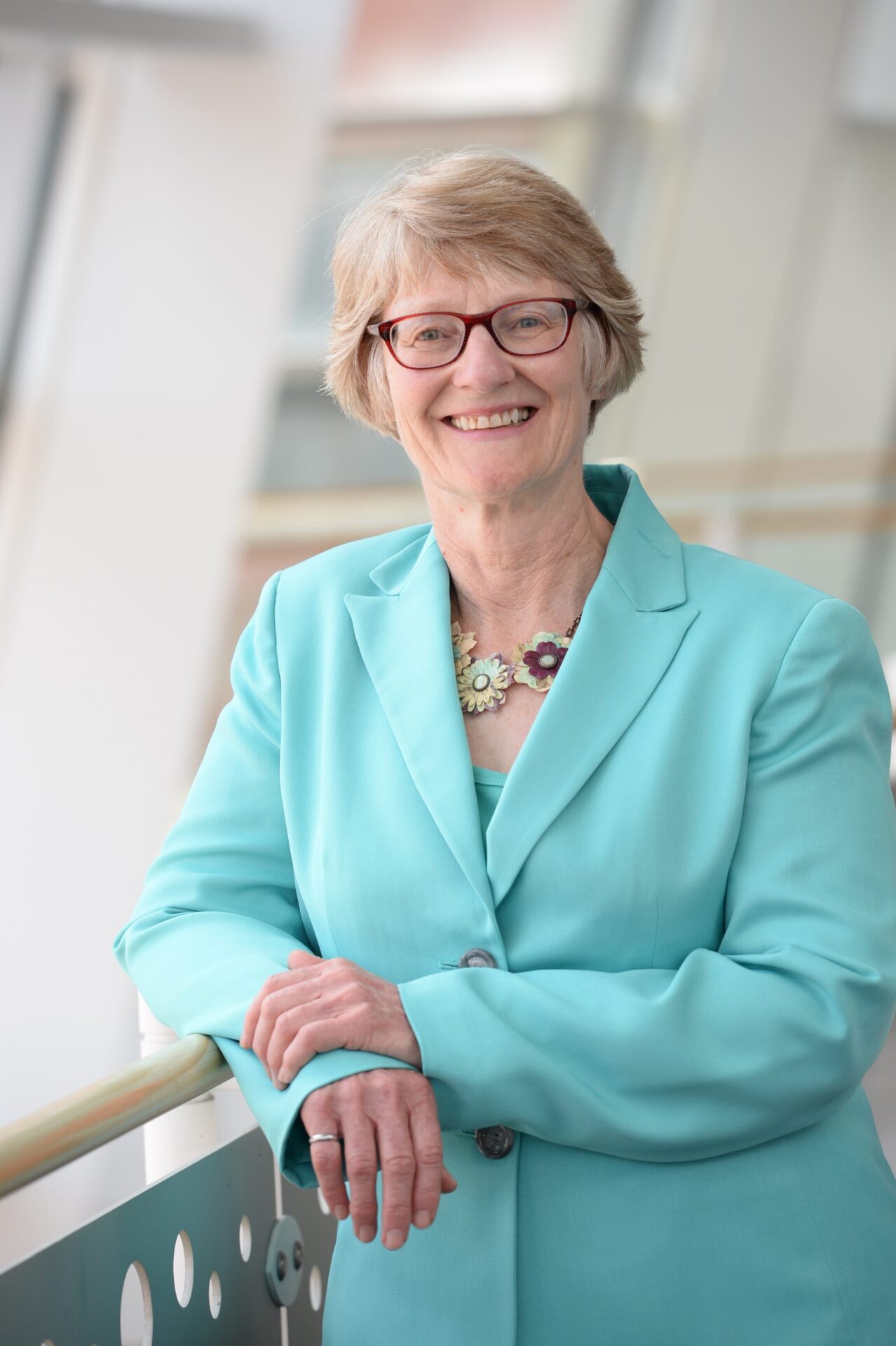Serving IEEE as an ABET Program Evaluator
There are many ways for each of us to provide service to the profession and the world through
IEEE. One way that I have found rewarding is serving as an IEEE program evaluator (PEV) for
ABET. Nearly twenty years ago, I was encouraged to apply to become a PEV by an IEEE
colleague. I did so, and since that time I have had many opportunities to enhance the quality of
engineering education through IEEE and ABET.
ABET is a professional organization that is recognized internationally as leader in engineering
education quality assurance in the areas of applied science, computing, engineering and
engineering technology education. ABET is an organization made up of 33 member societies, of
which IEEE is one. Through ABET, the member societies work together to review and accredit
degree programs in their areas of expertise and help train program volunteers. ABET accredits
academic programs in the U.S. and throughout the world. Its accreditation process is voluntary
and non-governmental. As with any professional organization, ABET depends on its volunteers.
There are over 2000 volunteers from the professional societies who assist in accreditation
activities.
My involvement as a PEV began with reviewing the qualifications and completing an
application. Qualifications include but are not limited to, a minimum of ten years of professional
experience and a master’s degree in electrical engineering, computer engineering, or a closely
related field, senior membership in IEEE1, and a willingness to serve a minimum of a five-year
term.
A complete list of qualifications can be found at:
https://www.ieee.org/education/accreditation/pev-opportunities/pev-qualifications.html.It is
recommended that every IEEE PEV have expertise in either or both electrical and computer
engineering. Additional expertise may also include telecommunications, mechatronics or
systems engineering.
The application includes questions about your professional experience, knowledge of
engineering education, volunteer experience, communication skills, and leadership and
teamwork experience. Self-nominations are encouraged and references are not required by
IEEE. Initial review of applications is done by the IEEE Committee on Engineering Accreditation
Activities (CEAA) or IEEE Committee on Engineering Technology Accreditation Activities (CETAA).
The CEAA or CETAA selects a set of candidates from the application pool who are then sent to
ABET for training. The training includes eight to ten hours of pre-work and a face-to-face
workshop of 1.5 days, typically scheduled over a weekend with ABET covering the cost of travel.
Members of the IEEE CEAA and CETAA provide mentoring throughout training and for all PEVs as
they go through ongoing assignments. Although the training may seem somewhat daunting, it is
an extremely important and educational aspect of the accreditation process. Upon successful
completion of training and review by ABET and IEEE, a PEV candidate becomes a fully-qualified
PEV.
Once accepted as a PEV, individuals will typically be assigned to one accreditation visit per year.
IEEE makes every effort to assign all new PEVs to a visit during their first year of service.
However, who ultimately gets assigned to a visit depends on the number of visits, conflicts of
interest, technical qualifications, and individual availability. Visits are typically made during
between September and November, so please keep this in mind as you consider this volunteer
opportunity. A typical accreditation visit is three days in duration, plus travel to and from the
location.
A PEV’s work begins six-eight weeks prior to the visit and includes a review of the self-study
report, transcripts and supplemental material provided by the university. During this time, PEVs
will have interactions with the team chair (individual responsible for the overall coordination of
the visit) and the program chair. The team chair has overall responsibility for coordinating the
visit and will coordinate dates, overall visit schedule, and team preparation and management.
The PEV communicates with the program chair to coordinate the visit schedule and to clarify
information in the self-study and the transcripts. It is important to keep in mind that all
recommendations for actions are team decisions and everything associated with a visit is
confidential. Most of the work for a PEV is completed at the end of the visit. What I have found
most satisfying are the enduring professional friendships that I have made, and that each visit is
unique with an opportunity to learn something new.
Since becoming a PEV, I have had the opportunity to serve on the IEEE CEAA, as an IEEE PEV
mentor, on the IEEE PEV Assignment team, as a member of the ABET Engineering Accreditation
Commission (EAC), on the executive committee of the EAC, and now as Vice Chair of Operations
on the EAC. My experiences have been very rewarding and I hope continue to have a positive
impact on the quality of engineering education.
As an IEEE member, I encourage you to consider volunteering as a program evaluator. Whether
you work in industry, at a government laboratory or in a university, your contributions are
important. It is very important to IEEE, ABET, to colleges/universities and to society that we have
PEVs with varied professional experience. Please take some time to review what it takes to be a
PEV at https://www.abet.org/program-evaluators/become-a-program-evaluator/.
For further information, contact Regina Samson, IEEE Accreditation Program Manager,
r.m.samson@ieee.org.
________________________________________________________________________
1 Becoming a senior member is a straightforward process and one that, regardless of one’s interest in becoming a PEV, enhances a member’s professional development. Also, a person may apply to become a PEV in parallel with submitting an application for senior membership.



